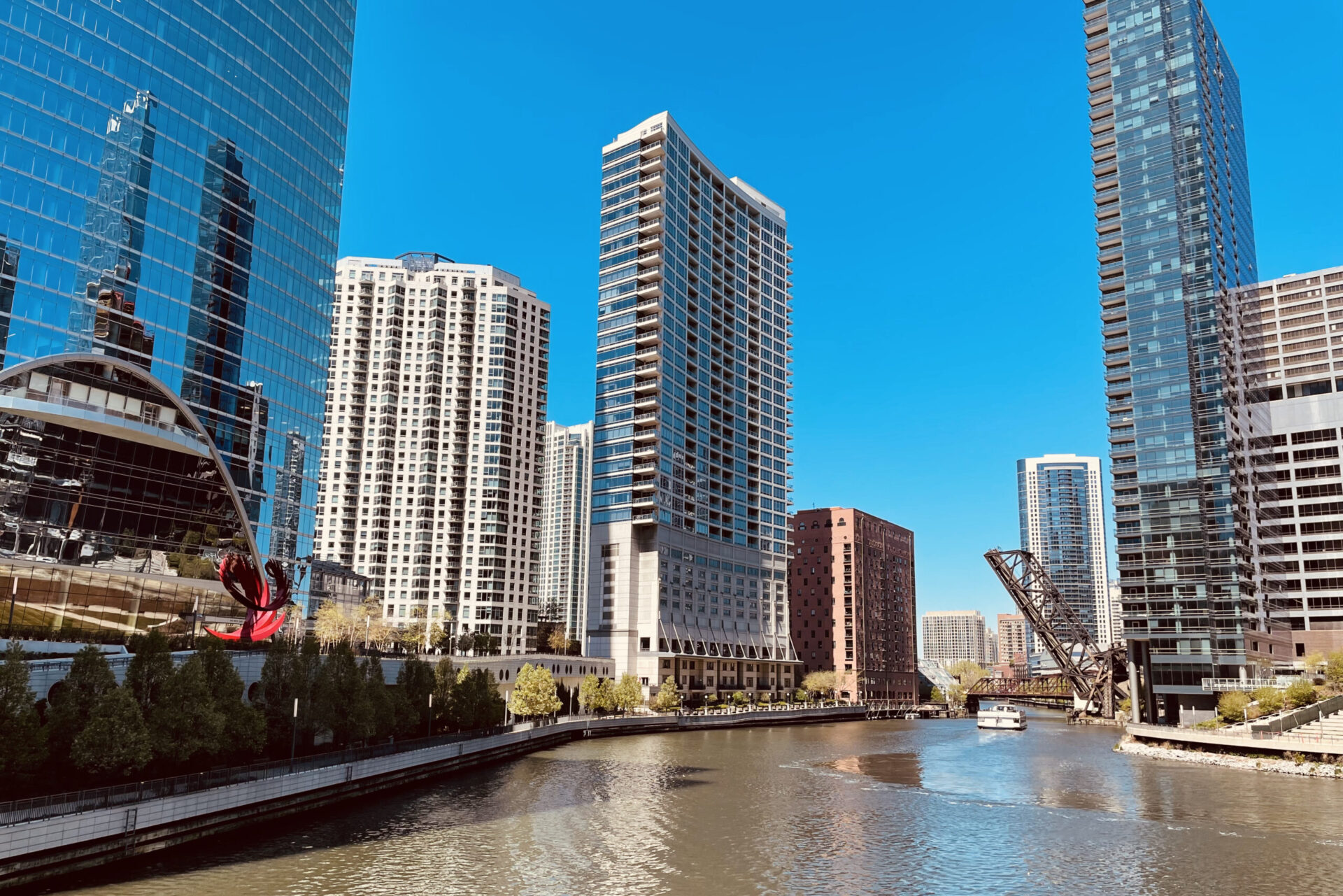
Apple’s new operating system, MacOS X 10.5 Leopard, was released this past October. Since my MacBook is my primary machine, I decided to step very carefully into the Leopard world. I didn’t want to find out after upgrading that one (or more) of my critical applications didn’t work.
The Mac blogs, forums, and podcasts I checked were jumping with stories of successful (and unsuccessful) upgrade experiences. I heard enough that I was convinced I should wait before I whacked my internal drive with the new OS.
That wait was not very long. I now own a copy of Leopard.
Rather than install it right away, I chose instead to load the OS on a partition on a bootable external firewire drive. This was the safest way to see how Leopard– and my applications– would run on my MacBook without destroying my current environment.
This will be the first in a series of blog postings describing my experiences with Leopard on my MacBook. I’m hoping some of you find this useful, and perhaps you’ll enjoy the drama associated with bringing up a new computing environment.
Okay, “drama” is an exaggeration. 🙂 Enjoy.
Loading Leopard on an External Drive
I followed the instructions at this site to load Leopard on an unused partition on my external firewire drive. I booted my MacBook from the new partition and the new OS came up, complete with the registration and setup screens.
First Impressions
The OS seems to run a bit faster than my Tiger installation, but I attributed that to the fact that I was now using a “vanilla” system. I was able to surf the net with Safari, and I messed around with the Finder and Cover Flow. I also noticed how Leopard treats network resources as “right there, ready to connect” rather than making the user search for the resources under the “Network” heading.
Overall, the “feel” of Leopard is a little different than its predecessor. The icons are a bit different (some say they’re more drab), and the organization of the Finder has changed somewhat. In general, though, it’s still Mac OS X and is very intuitive.
My only real gripe is that the default “space” wallpaper is really kind of lame. I would expect something like this this from one of those cheesy “free” apps that come on the driver CD when you buy a motherboard from Soyo or Asus. But the wallpaper is easily changed, so I can’t complain too much about it.
My first issue with Leopard was with Bluetooth: when the OS came up, there was an “X” through the Bluetooth icon and mousing over it gave the message “Bluetooth is Unavailable.” I dove through System Preferences and couldn’t find a fix.
Also, when I tried to open the Terminal application, it crashed with a “PAM” error. (Actually, the app wouldn’t crash– the window would open and the message that it had terminated appeared where the prompt should be.) Again, I couldn’t find an easy way to fix it.
I Googled both of these problems; the PAM error had one or two entries, while the Bluetooth issue had many. The suggestion that worked was the one I found at this site, which recommends fixing the Bluetooth problem by resetting the MacBook’s SMC.
Oddly enough, after I reset the SMC, the Terminal app started working the way it should, as well. I can’t imagine why– maybe it was a coincidence? (This seemed to fix yet another problem, too– see below.)
Applications, Round One
Okay, time to get the party started. First up:
Adobe Photoshop Elements 4.0
This is one of the deal-breakers: if this program didn’t run, the Leopard upgrade would be put off until I found a fix or a suitable alternative. I was already skeptical, as Adobe issued a statement that explicitly stated that Photoshop Elements 4.0 and earlier were not supported under Leopard. (4.0, it should be noted, is the most recent version of Photoshop Elements for OS X.) I had read, however, that some users ran it without a problem, so I was slightly encouraged.
Installation went fine. When I started the program it went through its usual start-up processing, but then it got stuck at “Reading Workspace Modes.” The fan on the machine started running on high, and the program simply hung. I had to use “Force Quit” to kill the program, then I tried running it again. Same problem. I ran a “Repair Permissions,” rebooted, and the same thing happened again each time.
It was about this time that I decided to go back to troubleshooting the Bluetooth problem described above. And the funny thing is this: after the SMC reset, Photoshop Elements started working as well. I might as well have waved a rubber chicken– that would have made more sense.
I ran through some of my typical activities in Photoshop: color correction, simple filters, resizing, etc. and it all seemed to work okay. Showstopper #1 had passed.
My next step is to download current versions of all my regularly-used applications and test them one by one. Next up are Parallels, Cocktail, the Cisco VPN Client, and the old version of Microsoft Remote Desktop Connection. I’ll post the results here.
Stay tuned!
